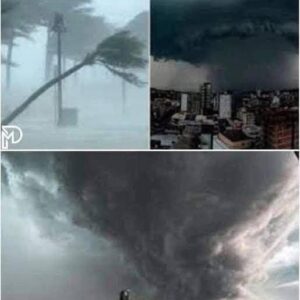Amid rising fears of World War III, Russian state TV broadcasted a leaked map listing seven U.S. strategic locations that could be targeted in a nuclear strike, including the Pentagon, Camp David, and several nuclear facilities. Some sites, like McClellan AFB and Fort Ritchie, are no longer active, raising questions about the map’s intent—whether symbolic or based on outdated intelligence.
Tensions have escalated due to the U.S. increasing its military support for Ukraine. The Kremlin has condemned this as “reckless,” with Russia accusing Washington of pushing NATO closer to direct conflict. Moscow sees the aid as provocation, claiming the U.S. is deliberately heightening global instability.
Meanwhile, conflict between Iran and Israel has intensified, with reported missile exchanges and concerns over nuclear facility strikes. Iran has launched hypersonic missiles in response to Israeli attacks, but details remain unclear. Russia has offered diplomatic backing to Iran while warning the world of looming nuclear disaster.
Analysts suggest these developments mark a dangerous shift toward renewed Cold War-like hostility. Though Russia may not act immediately, its public threats and alliances reveal a hardening stance—deepening global divides and raising alarms about the future of international security.





